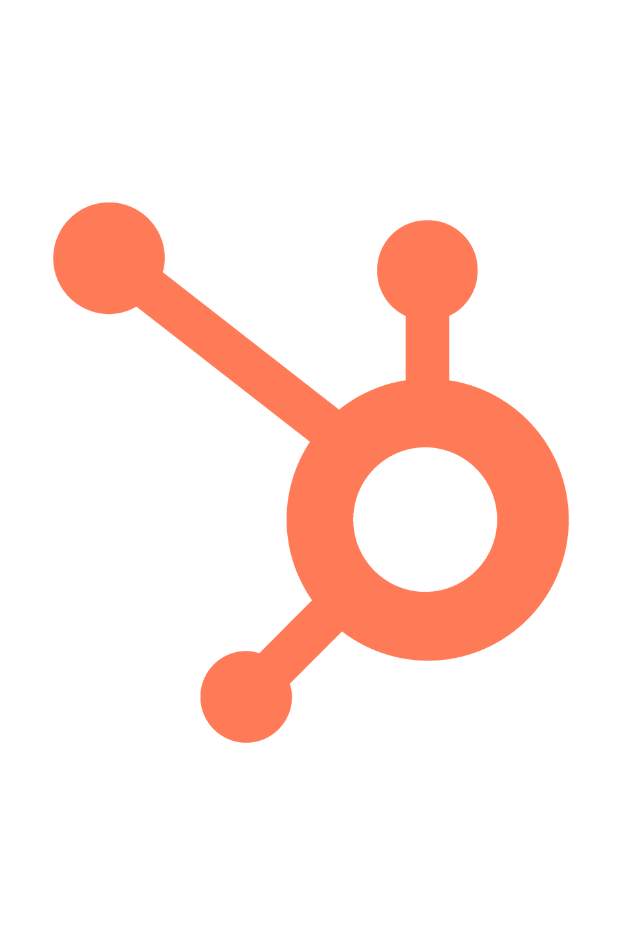Hi ,
Welcome to the 169th edition of MobilePro! This week’s issue is packed with updates that highlight the fast-moving world of mobile and AI innovation—from Google I/O’s groundbreaking agenda to Samsung’s widget revolution:
🎤 Google I/O 2025 sessions announced: Nobel laureate Sir Demis Hassabis headlines with a keynote on AI’s future, alongside sessions on Android, Firebase, Flutter, Gemini API, and more.
🛠️ Jetpack Compose 1.8 is live: The latest release brings smarter autofill, composable visibility features, and powerful new animation capabilities to boost your UI workflows.
🔈 Perplexity’s Voice Assistant debuts on iOS: Manage reservations, emails, media, and more with natural voice commands—plus shortcut integration for instant AI help on iPhone.
💬 Dart 3.8.0 changelog revealed: Key language updates are on the horizon, including null-aware elements and a refreshed dart fix experience—setting the stage for a smarter coding future.
🚀 Flurry of updates from Apple: Xcode 16.4 beta arrives with new SDKs for iOS 18.5, macOS Sequoia 15.5, visionOS 2.5, and more, empowering seamless app development across platforms.
And in What’s Happening in AI?—OpenAI’s new gpt-image-1 model powers professional-grade image generation. As always, stick around for our Developer Tip to boost your workflow, and don’t miss the Did You Know? segment!
Let’s dive in!
 United States
United States
 Great Britain
Great Britain
 India
India
 Germany
Germany
 France
France
 Canada
Canada
 Russia
Russia
 Spain
Spain
 Brazil
Brazil
 Australia
Australia
 South Africa
South Africa
 Thailand
Thailand
 Ukraine
Ukraine
 Switzerland
Switzerland
 Slovakia
Slovakia
 Luxembourg
Luxembourg
 Hungary
Hungary
 Romania
Romania
 Denmark
Denmark
 Ireland
Ireland
 Estonia
Estonia
 Belgium
Belgium
 Italy
Italy
 Finland
Finland
 Cyprus
Cyprus
 Lithuania
Lithuania
 Latvia
Latvia
 Malta
Malta
 Netherlands
Netherlands
 Portugal
Portugal
 Slovenia
Slovenia
 Sweden
Sweden
 Argentina
Argentina
 Colombia
Colombia
 Ecuador
Ecuador
 Indonesia
Indonesia
 Mexico
Mexico
 New Zealand
New Zealand
 Norway
Norway
 South Korea
South Korea
 Taiwan
Taiwan
 Turkey
Turkey
 Czechia
Czechia
 Austria
Austria
 Greece
Greece
 Isle of Man
Isle of Man
 Bulgaria
Bulgaria
 Japan
Japan
 Philippines
Philippines
 Poland
Poland
 Singapore
Singapore
 Egypt
Egypt
 Chile
Chile
 Malaysia
Malaysia
















